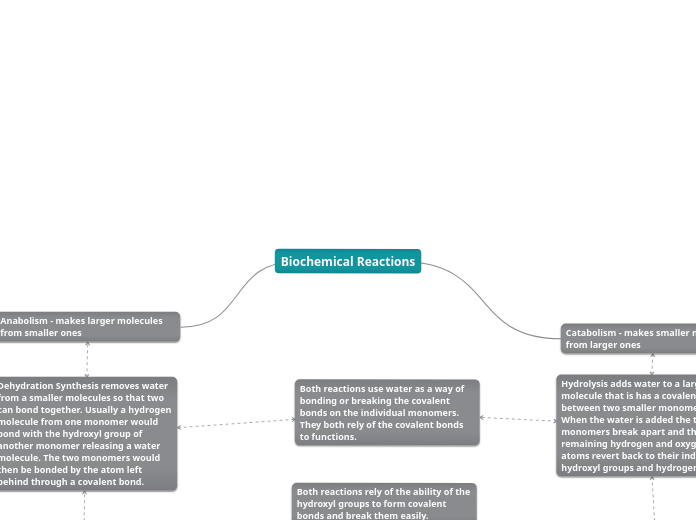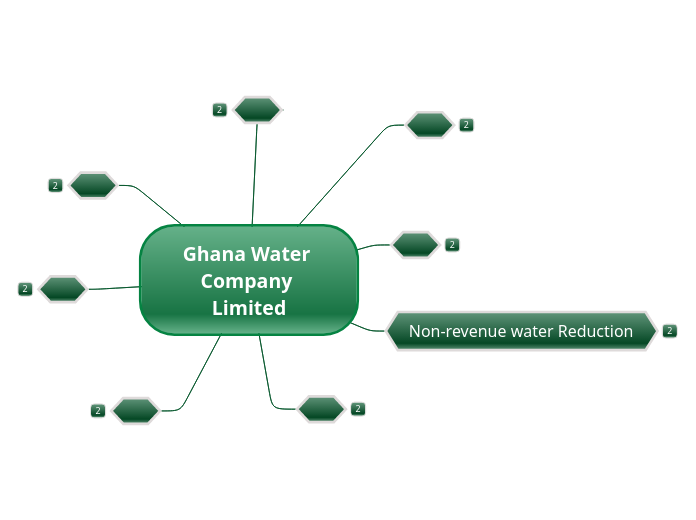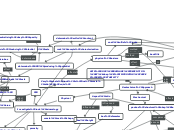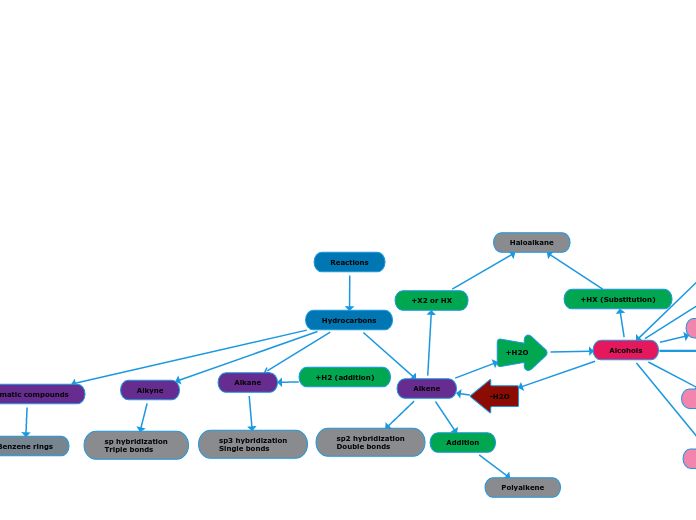jonka Jazmine Smith 3 vuotta sitten
232
Biochemical Reactions
The processes of phosphorylation, decarboxylation, and hydrolysis are fundamental biochemical reactions involving various transformations of molecules. Phosphorylation involves the addition of a phosphoryl group to a molecule, typically transferring from ATP, resulting in a larger, more controlled molecule through covalent bonding.









